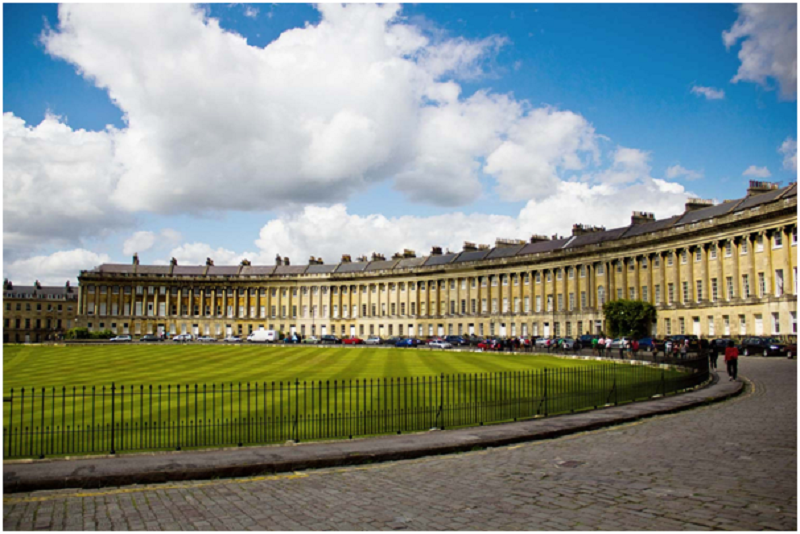If you asked people what the key features would be of a place they would love to live, one of the answers would surely be somewhere that was beautiful. Did you know that the whole of Bath is a UNESCO World Heritage Site? That means that its architecture and history is so important that it’s protected, and that tells you something about the beauty of the city.
Bath was founded when the Romans invaded Britain and used it as a thermal spa. It grew into an essential part of the wool trade during Medieval times and then during the 1700s, became a stunning, elegant town full of neoclassical buildings.
Bath Has Outstanding Universal Value
UNESCO awarded Bath with the status of having outstanding universal value for several cultural attributes that it has. The Roman remains, in particular the Temple of Sulis Minerva and the complex of original baths are some of the most significant and well-known in this area of Europe. The city itself was founded by the Romans in the first century AD as they discovered the natural hot springs. This marks the birth of Bath’s famed history as a spa town.
It was during the 18th century that the town developed into a thriving centre of art and literature, encouraged by the efforts of John Wood Senior, Richard Nash and Ralph Allen to make Bath into one of the most attractive cities in Europe. For those wishing to visit Bath to experience the benefits of its spa waters, these men wanted to create a harmony of landscaping and architecture to put Bath firmly on the map. Read more Bank Holiday City Breaks
The neo-classical buildings that were built during this time can be seen in famous structures such as the Pump Room and the Assembly Rooms. There are many individual Georgian buildings that sit within the centre, surrounded by picturesque landscaping, to give the area a real garden city feel. The city retains its reputation for elegant and aesthetically pleasing design. If you’d love to live in such a place, contact Estate Agents Bath at https://www.pritchards-bath.co.uk/
UNESCO recognises the crescents, squares and terraces that extend over the hills and in the valley, noting that harmonious integration of landscaping, architecture and urban design are second to none in creating a beautiful city. This creation is mostly testament to the works of 18th and 19th century designers and architects. The urban spaces are created by buildings that surround and enclose them, giving interlinking spaces that flow perfectly and draw in the surrounding greenery.
The city reflects two great eras in our history, the Georgian and Roman periods. The way in which 18th century architecture and urban planning incorporated the Roman heritage and grew around it, instead of surpassing it, has led to Bath’s unique UNESCO status today. It is a wonderful example of different histories co-existing in harmony, for example the medieval Abbey Church is located right next to the Roman temple and baths.
The hot springs and Roman remains are extremely well-preserved, protected and tastefully displayed. The Georgian buildings have remained in constant habitation since their construction and still retain high levels of original fixtures and décor. Repair work has remained sensitive to the need for historical preservation and the retention of authentic, original fittings.
You may also like The Five Most Beautiful and Popular Museums in Europe



